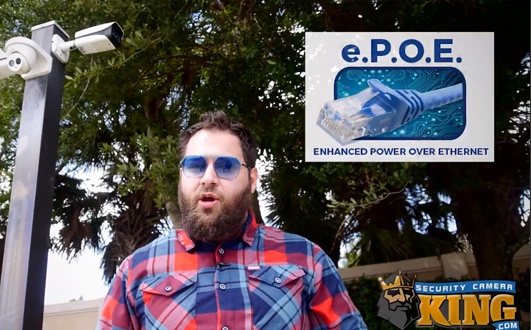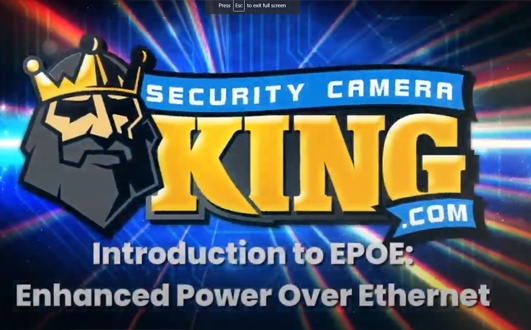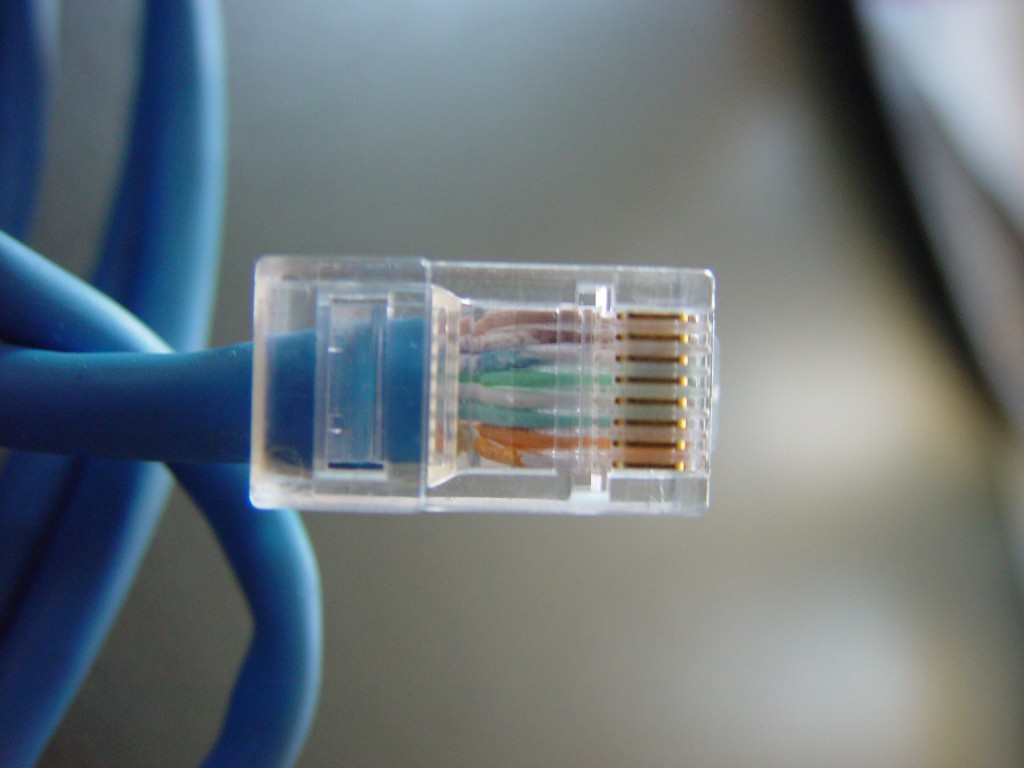When looking for a way to transfer large amounts of data over a private network, one option often considered is an Extended Power Over Ethernet (EPoE) network. An EPOE system is composed of many physical links between devices. Each physical link is enabled with a port, which allows data to be transmitted and received as needed. Using a VSI adapter, you can send and receive data over multiple copper links, running both back and forth to a single ePOE switch or router. The VSI adapter can also be configured to send and receive data between several OS dependent computers.
Extended Power Over Ethernet is a form of packet switching that uses a digital electrical interface called VSI or Virtual Digital Subscriber Line. Utilizing a VSI adapter, you can transmit data, video, and audio data over either coaxial or fiber optic cable, running both back and forth on a single twisted end. The VSI uses a digitally modulated analog signal to provide this communication. The most commonly used fibers for extended power over Ethernet are coaxial cables. The advantages of using fiber optics for the transmission of VSI are increased bandwidth and lower cost. The disadvantages are fiber optics can be fragile and can be destroyed by extreme weather conditions, and they are only available in some locations.
In order to extend power over Ethernet, a fiber optical network is created between the uplink and the receiver. These fibers are separated by a thin barrier, which creates a path for the Ethernet signal to travel. To transmit data at a higher rate than the speed of light, the distance has to be kept short. There are three primary technologies used for this, which are Fibre Optics (FOL), optical transmission distance (OTD), and fiber optic transmission distance. Each one has its pros and cons.
FOL: FOL is an Ethernet technology that uses an optical channel network to transmit data. It is mostly used for voice and video applications, where higher bandwidth is needed. A single optical path is used to link up the devices and to reduce channel network interference.
IP Camera Network: An IP camera’s setup is easier with an IP camera network. An IP camera can be connected to the network using one of the many different types of IP cameras available. For example, you could connect a DVR card to your camera and configure it with the IP camera’s IP camera settings. You would then configure your camera to communicate with your computer. This type of set-up allows you to extend the physical length of your network by attaching several cameras together to make one large network.
One important thing to note about introducing its people (extended Power over Ethernet) in your network is that it might not be compatible with some older devices, like phones and modems. Before using this type of technology in your system, it would be a good idea to find out if your devices can still use it. It is also best to check if your phone line is able to handle IP calls. Remember that you might need an ethernet phone, or you may need a router for voice connections. The longer the distance of the IP networks being shared, the more IP phones are needed.
It is also a very good idea to take note that most of these cameras are usually over 100 meters away from the network. This means that they will have to communicate through their Ethernet ports with the other computer network. As an example, if there are two cameras being used in a room, they will need to get an Internet connection from each computer. In this case, the distance of all the computers getting Internet connection will be greater than the combined length of the Ethernet lines. But, this can still work.
Extended Power Over Ethernet
Call Security Camera King today if you have any questions about what is the difference between a DVR and NVR?. 561-288-5258
Related: What’s the difference between DVR and NVR?
Related: What’s the difference between H264 and H265?
Related: IP PTZ Security Cameras – All There is to Know
Related: Resolution, and why does it matter?
Related: What are active deterrence cameras?
Find Us On: Facebook | Twitter | YouTube




